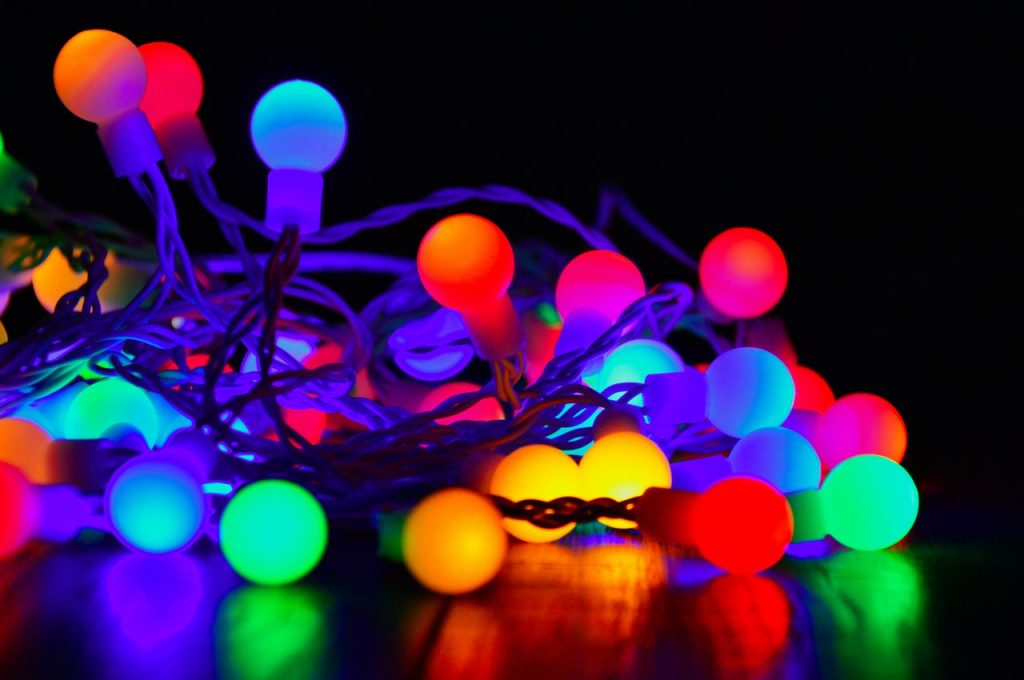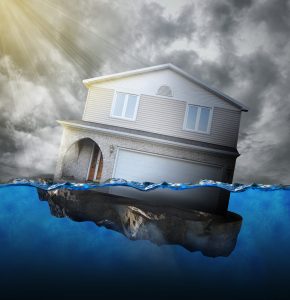Whether you’re already thinking about Christmas to take your mind off the current situation we’re in, or you’re simply wondering about outdoor lighting options, the topic of Christmas lights is one that always brings joy.
As the name suggests, Christmas lights are often put up around the winter holiday season. Their variety of colors and bright glow bring festive cheer in different parts of the home, from the Christmas tree to the walls and windows. This is why around 150 million sets of Christmas lights are sold every year, lighting up 80 million American homes.
With so many design and color choices, you might find yourself going online or asking your friends about Christmas lights installation for your Utah home and getting bogged down with different information. Unfortunately, some of these are myths and misconceptions that could keep you from lighting up your home.
Below, we untangle some of the myths about Christmas lights.
Myth 1: Heat from Christmas lights can set a Christmas tree on fire.
Like most things, Christmas lights should be used in moderation. They are not meant to be left on overnight or for a prolonged period, especially if they’re strung together on your tree. What’s more, substandard Christmas lights or those that did not undergo quality assurance may overheat and may set your Christmas tree on fire.
However, quality Christmas lights, particularly the LED type, are designed with safety in mind. As long as you use them correctly, it’s not likely that they will leave your Christmas tree ablaze.
Myth 2: LED Christmas lights are too expensive

One of the most common misconceptions about LED lights is that they are more expensive than other lighting options. The most likely explanation for this belief is the fact that LED Christmas lights use light-emitting diodes instead of filament, making manufacturing costs high.
However, LED lights are longer-lasting, safer, and more durable. So while it’s true that they may be a bit more expensive than non-LED Christmas lights, you’re actually saving money because you don’t have to replace them often.
A fun fact, though, is that Christmas lights were expensive once. Back in 1900, you had to pay for the electric lights, generator, and a wireman to light up your Christmas tree. Thankfully, the company General Electric created the first pre-wired eight-socket string of lights. Thus, the Christmas light industry was born.
Myth 3: Christmas lights use a lot of electricity
Another popular misconception about Christmas lights is that they use up too much electricity, leading to an increase in your utility bills. Again, this is a question of what kind of lights you use. Traditional incandescent bulbs weren’t designed for energy efficiency and can add a significant amount to your monthly energy bills.
But LED lights are energy-efficient and can shrink the amount you’re paying for incandescent Christmas lights by 80 to 95 percent. You can further lower your energy bills if you use automated Christmas lights, the ones that turn on and off automatically as you prefer, like when you’re not at home.
Christmas lights are a fun and festive way to light up your home, whether indoors or outdoors. Don’t let misconceptions about their use deter you from having such unique lighting in your home.






